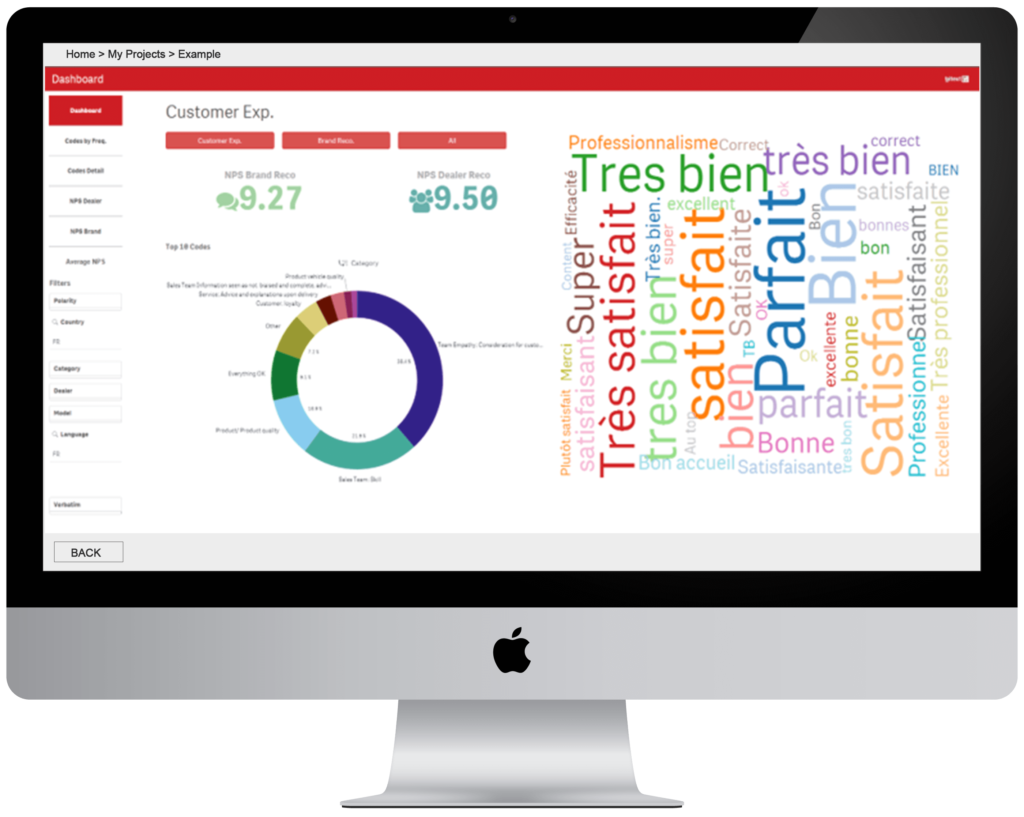Fundraising software is available in a wide range of designs and pricing points, just like accounting software. To manage mailing lists and donations, the majority of organizations make do with all-purpose business applications like Excel, Microsoft Access, FileMaker Pro, or QuickBooks. These are fantastic software packages, but they aren’t built to offer all the essential components for effective fundraising.
It’s hardly surprising that businesses that implement these initiatives at first face serious issues. You are losing out on the two main advantages of expert fundraising software, which are raising more money and saving you important time if your organization is having trouble with improper software solutions.
Increase Fundraising Using Software
The benefits of a fundraise modeling software are immense because you’ll increase your fundraising in a myriad of ways. It’s that easy. According to a recent survey, in their first year, more than 1,000 organizations that employed a top fundraising software solution had an average fundraising growth that was more than twice as high as the most current Giving USA national average!
The Crucial Role of a CRM
How? Using Customer Relationship Management (CRM) fundraising software, you can store and manage all of your constituents’ data in one database, including that donations, volunteers, board members, event attendees, etc. This entails keeping track of the relationships that the constituents have with one another as well as with the organization. For instance, it’s possible that your database contains individuals from the same family or businesses that frequently hire members of your constituency.
Information Consolidation
You can have a consolidated information resource that comprehends your contributors’ ties to your nonprofit and to one another by using advanced tools for linking relevant data, coding, and filtering donor attributes. For instance, if Donor A informed you that their employer would match their donation, and Donor B works for the same firm, you may be able to obtain a matching gift from both of them.
Promotion of the objectives and programs of your NGO
Peer-to-peer fundraising initiatives can enhance your organization’s continuing efforts to raise awareness in addition to providing additional funding for events. Supporters promote your organization while soliciting money when they share their peer-to-peer fundraising sites with their social network. As a result, their friends and relatives may learn more about your purpose and various ways they might get involved that they otherwise wouldn’t have known about.
Reach Out to a Vast Audience
By adding this channel of communication, you may reach a wider audience while also fostering a more active charity community. As they unite behind your cause, supporters use their social networks to fortify the bonds between your charity and its donations.
If your organization concentrates on advocacy, peer-to-peer fundraising software may also be used to forge new relationships that can spur a bigger audience to action. You may reach out to newly interested, socially connected local supporters during community advocacy efforts by collecting their contact information when you raise money through peer-to-peer fundraisers.
Improving the tracking of your fundraising outcomes
You should carefully examine this data as it comes in so that your nonprofit may contact large giving prospects and regular supporters to keep them engaged. When undertaking this outreach, you might want to consider the following ideas.
Personalized Messaging for Connection Building
Send each contributor a unique thank-you note that includes their name, the amount of their donation, and an illustration of the beneficial effect their gift will have. At the conclusion of the fundraiser, thank all the donors who created fundraising pages (perhaps by sending them gifts) and provide them a feedback form to assist you in better future interactions with them.
Effective Collection of Feedback
Utilizing suggesting the preferred channels of contact for supporters. While email is probably the simplest way to thank supporters at first, include a brief survey asking if they’d like to receive future information from your organization by email or another channel (phone calls, text messages, etc.). Supporters will presumably become more receptive to your messaging over time if you do it that way.



